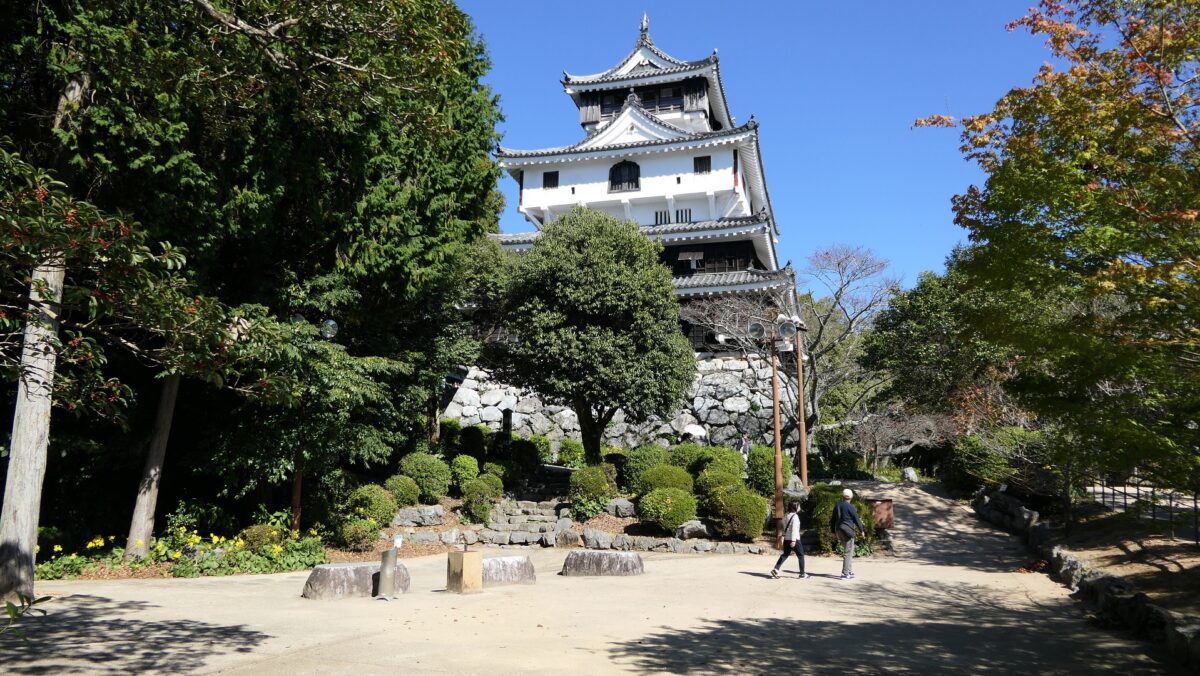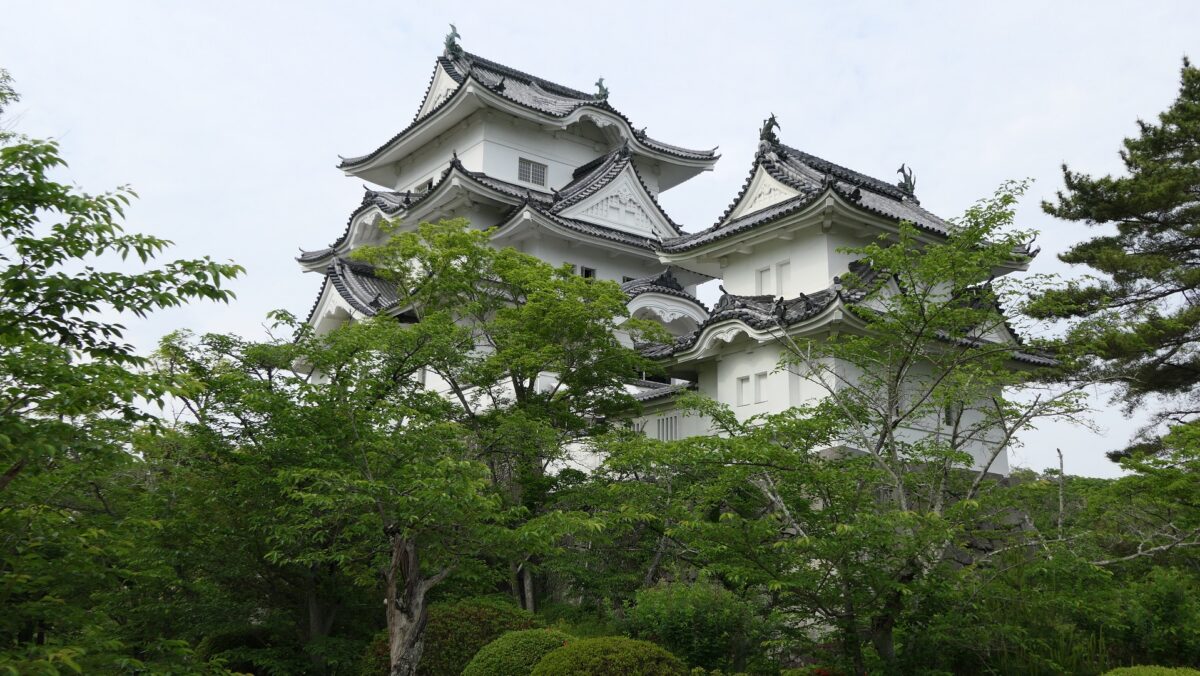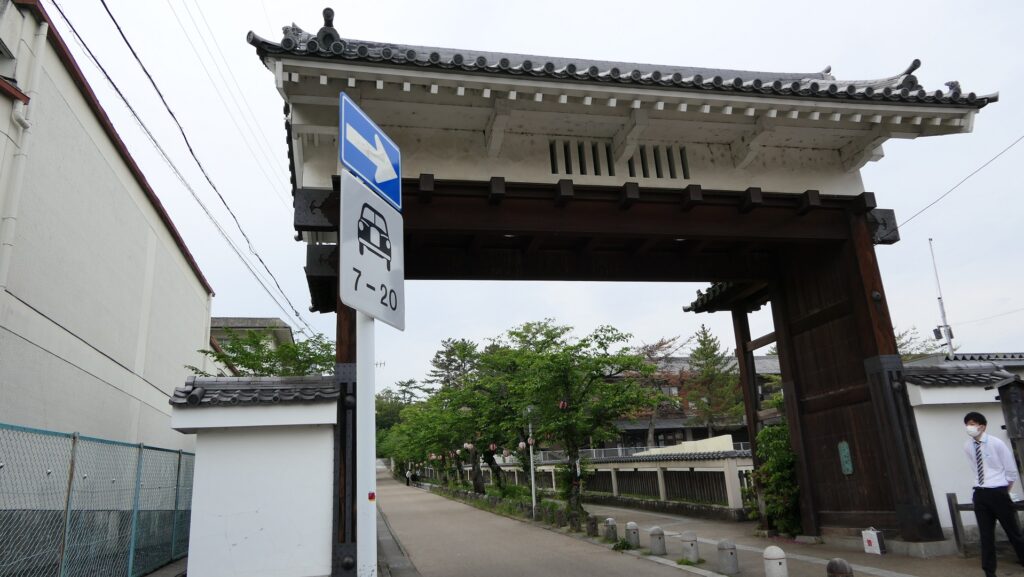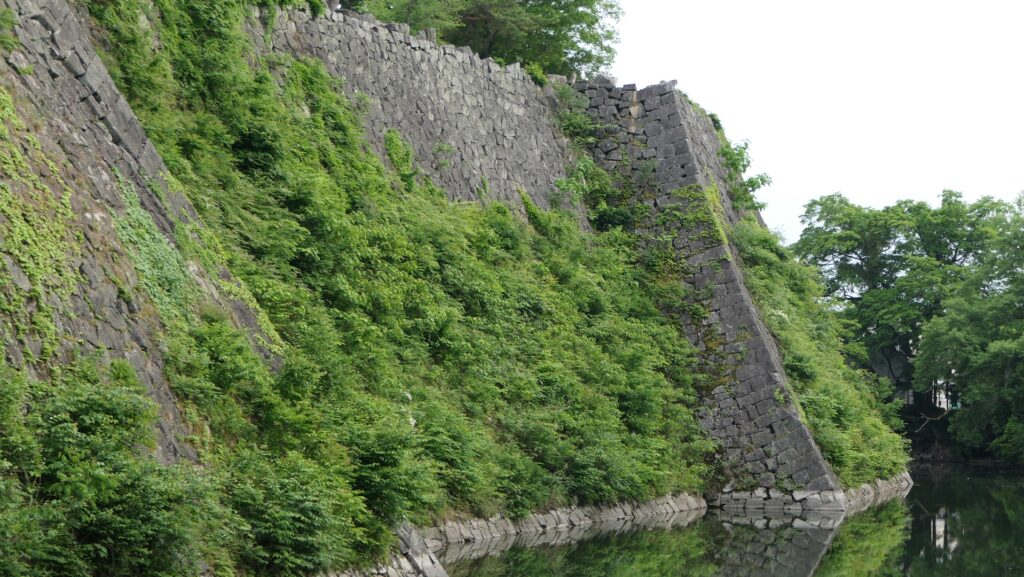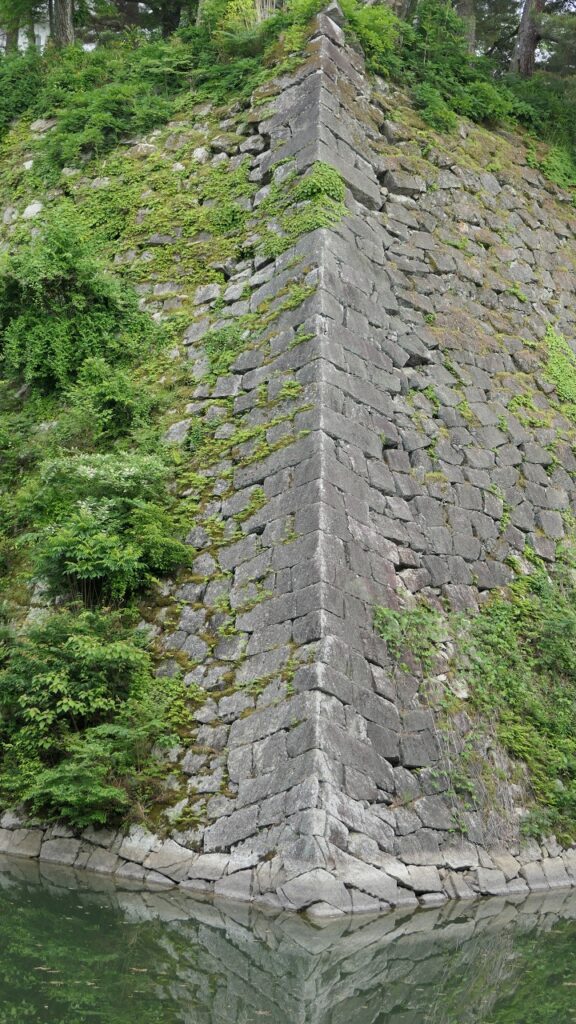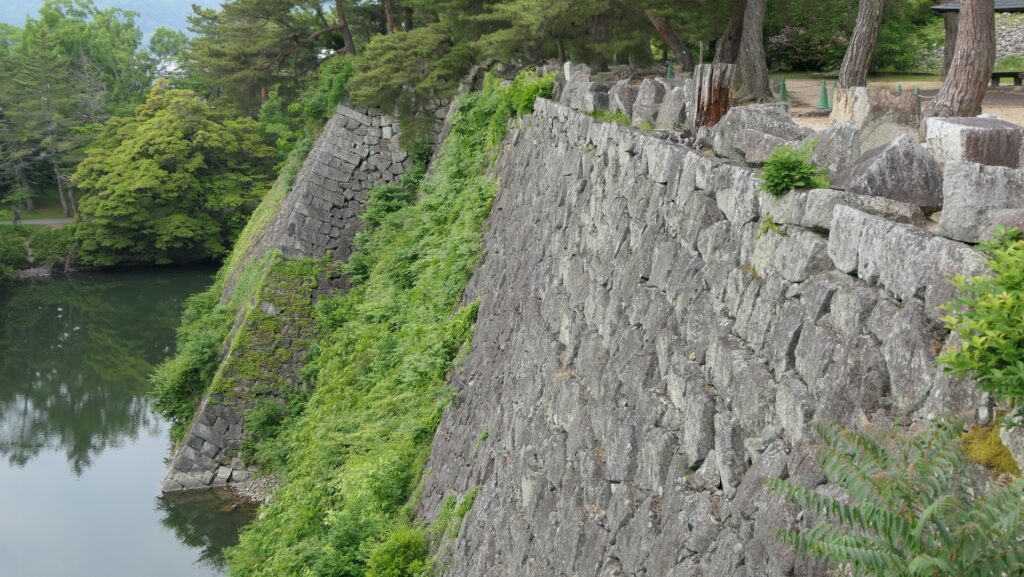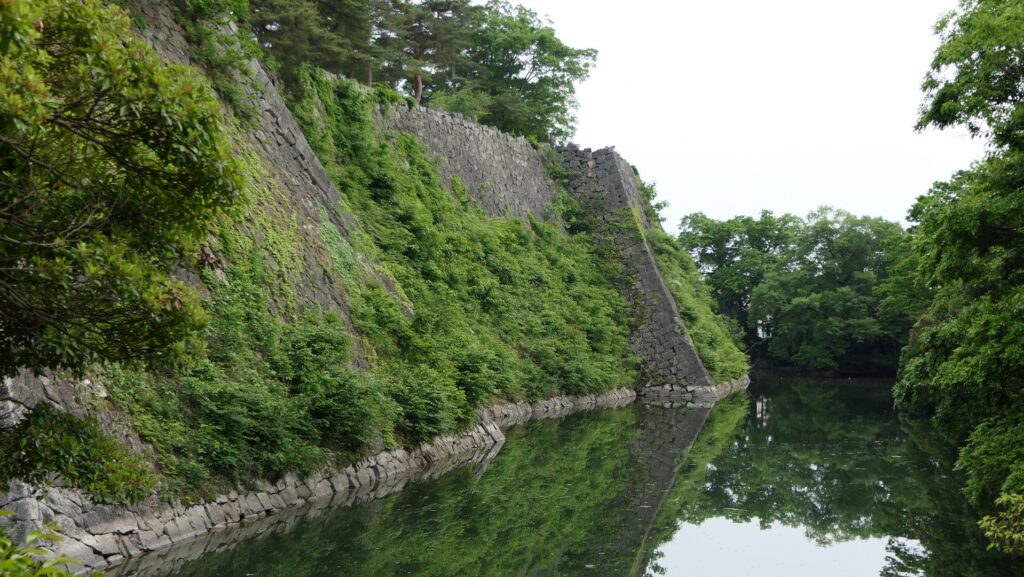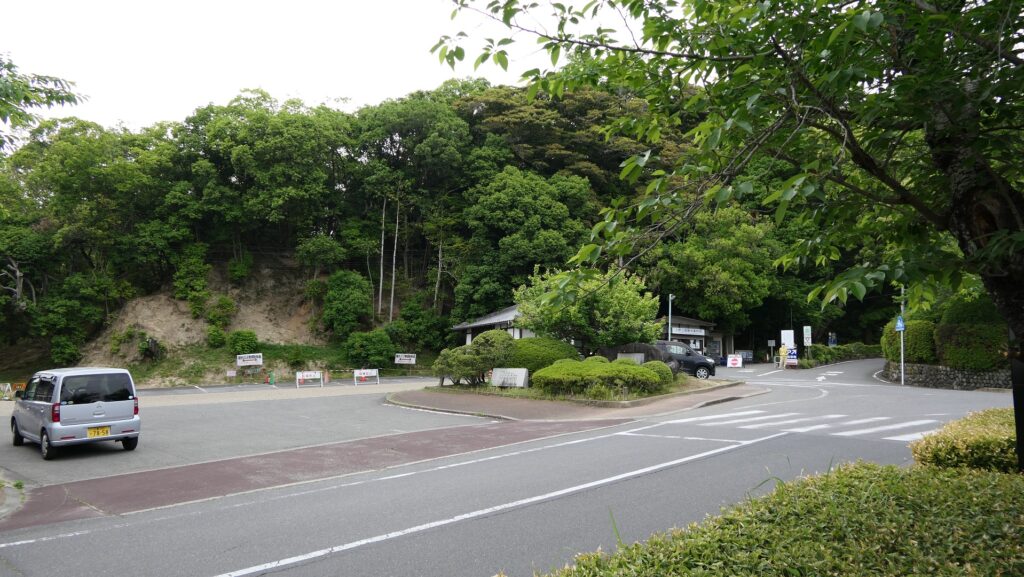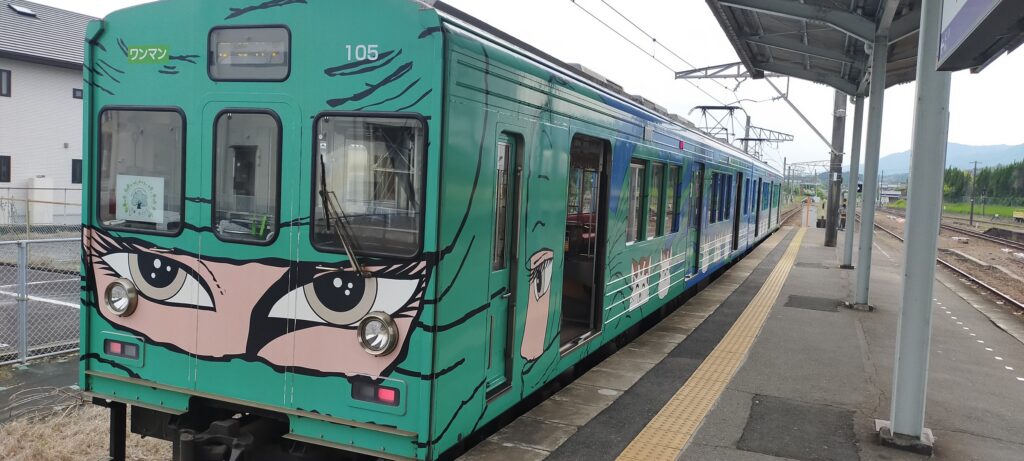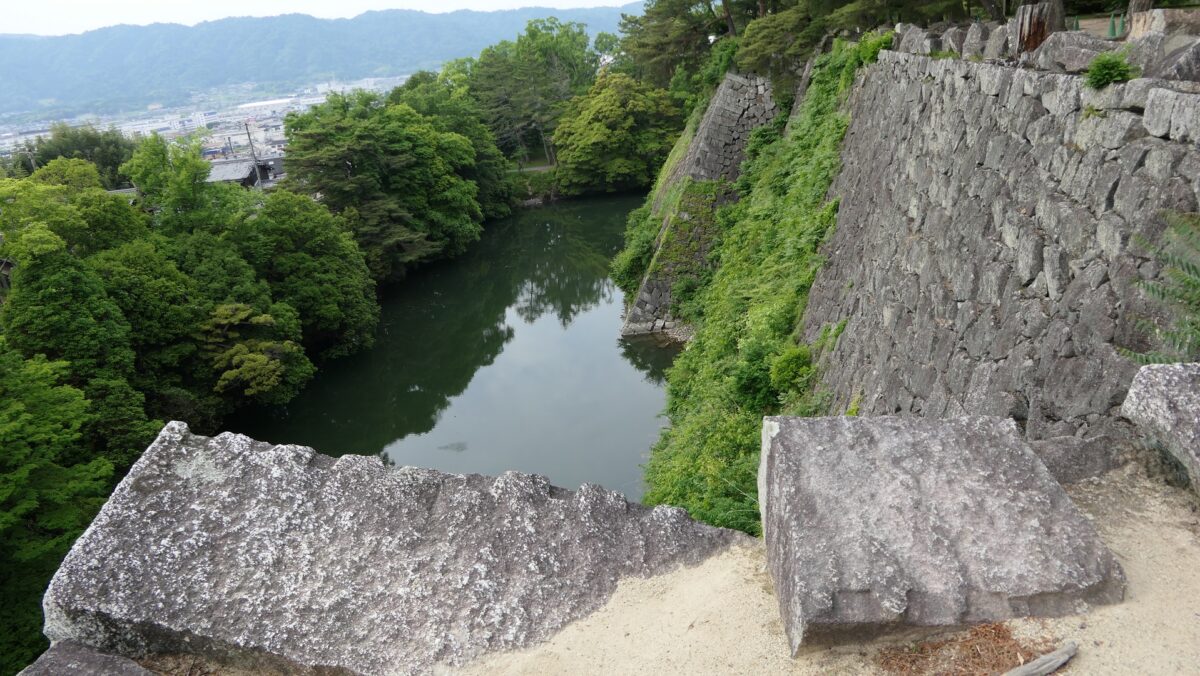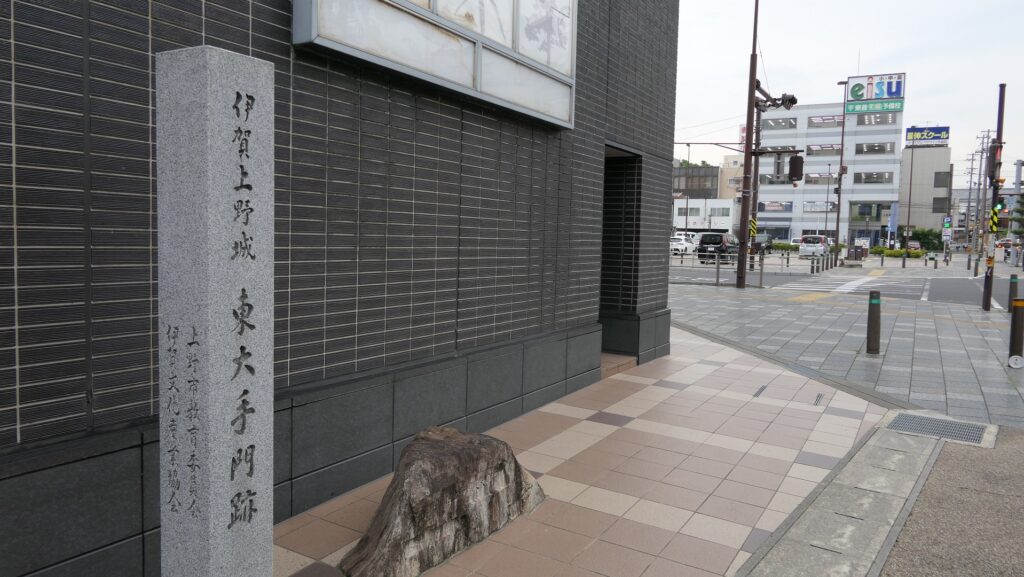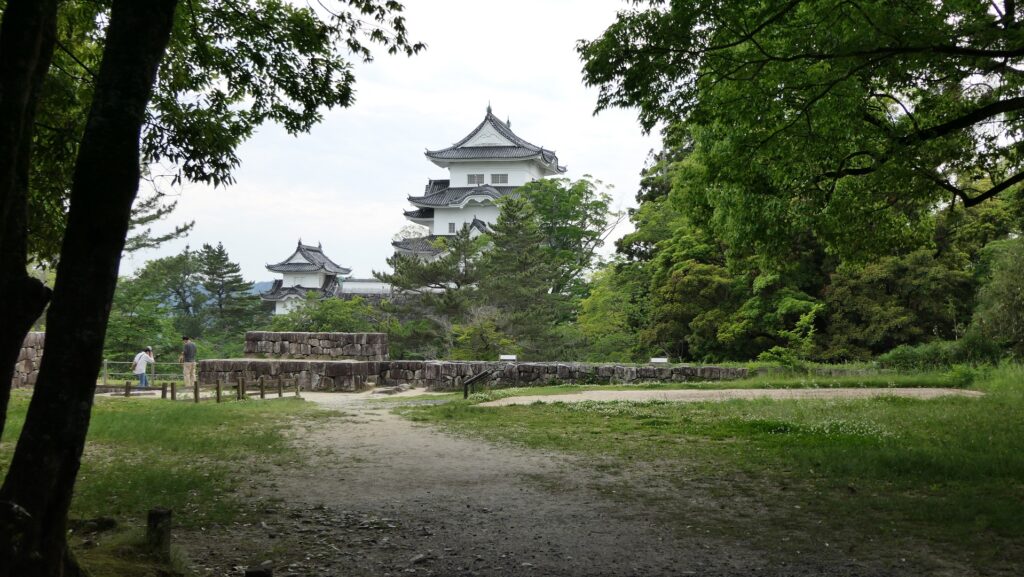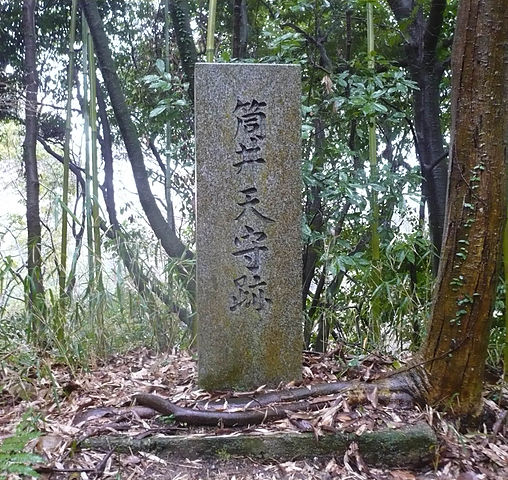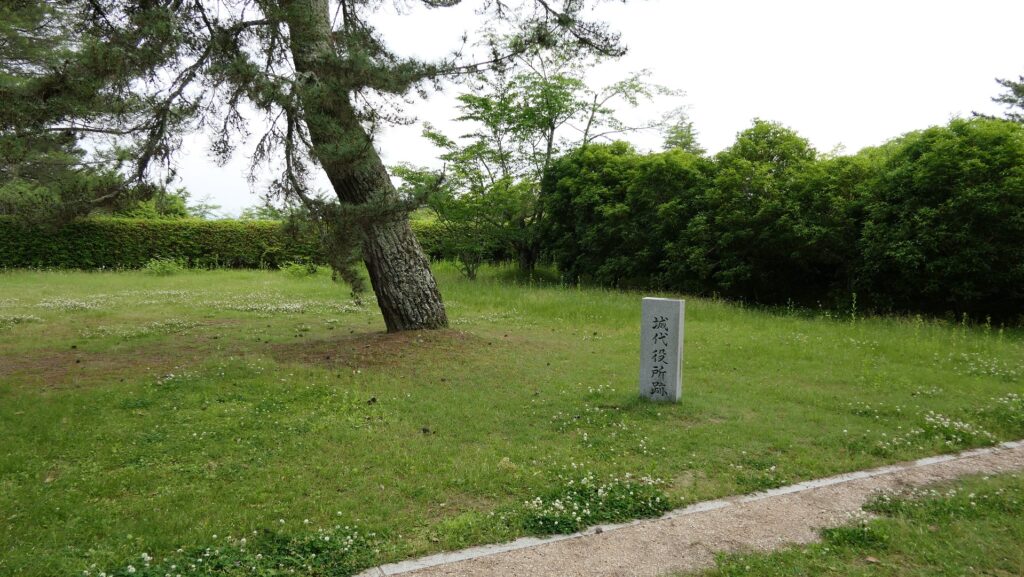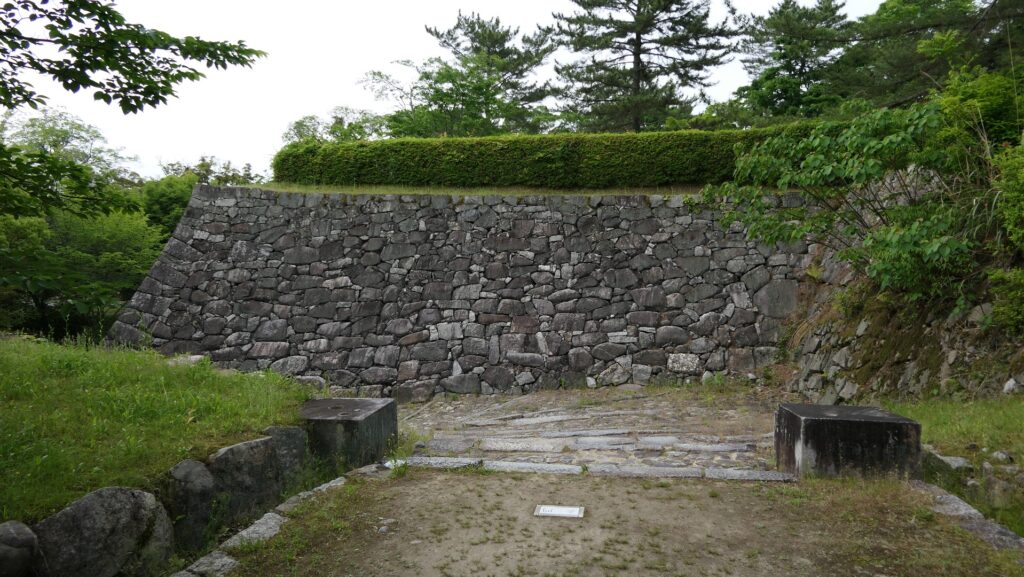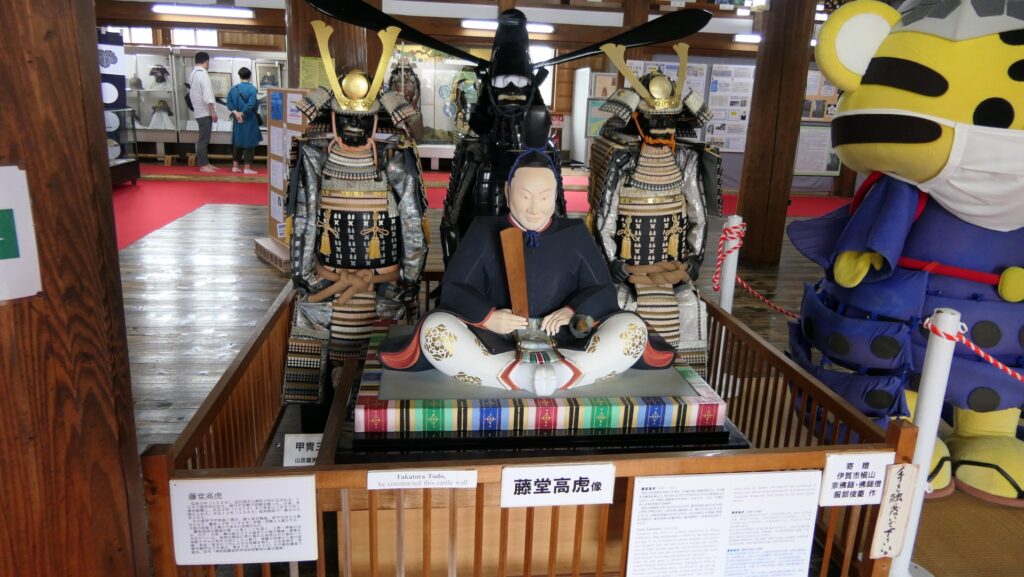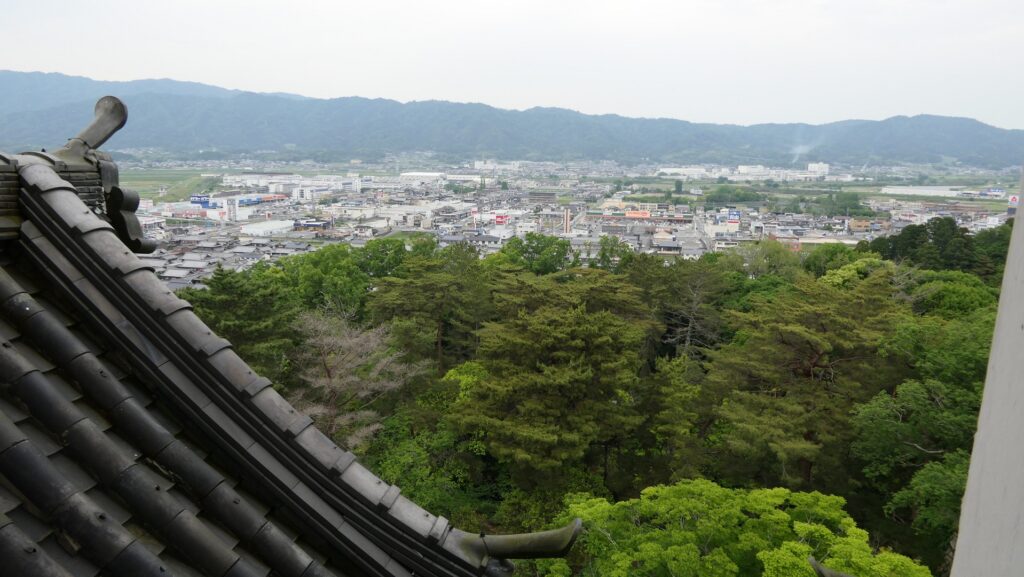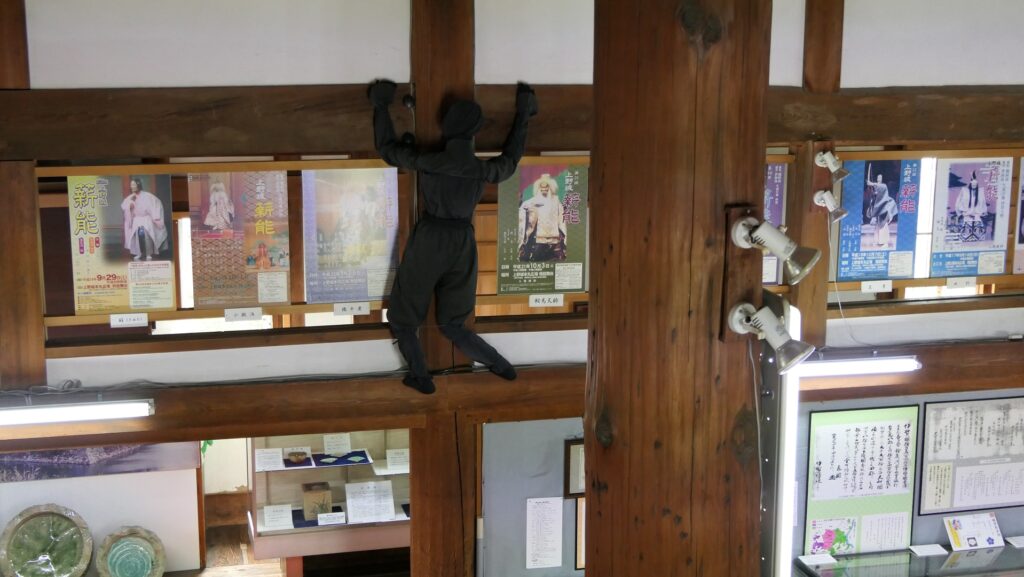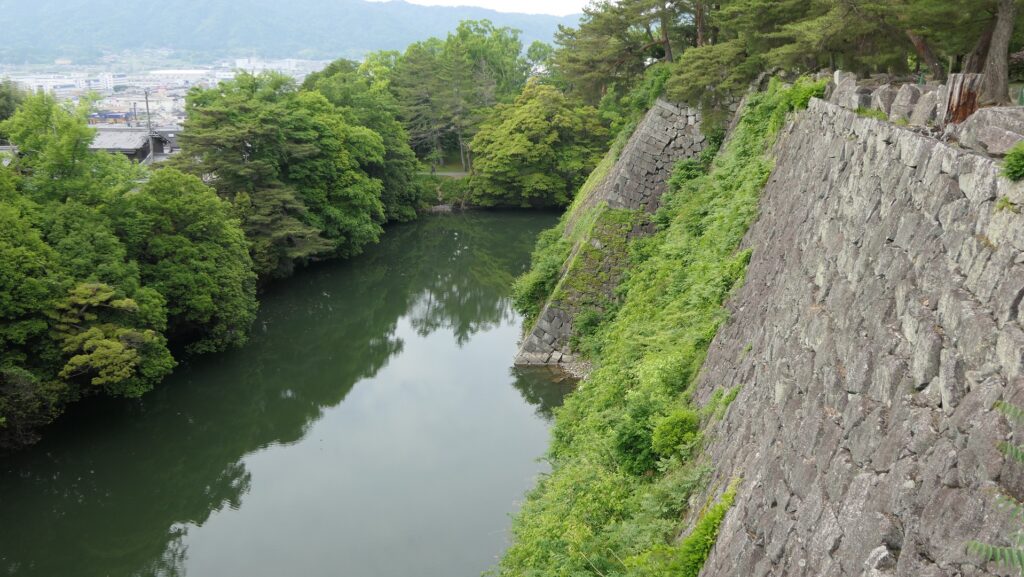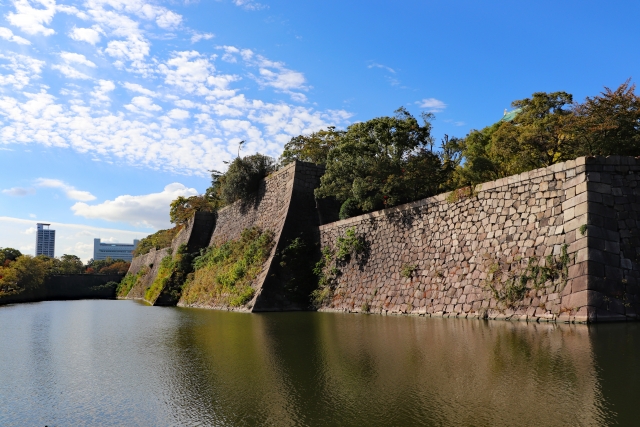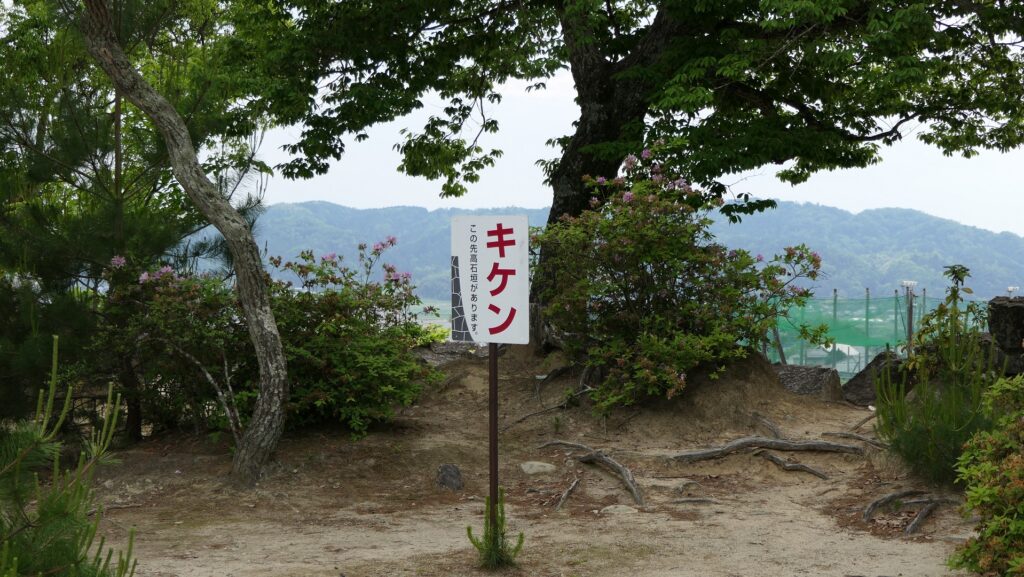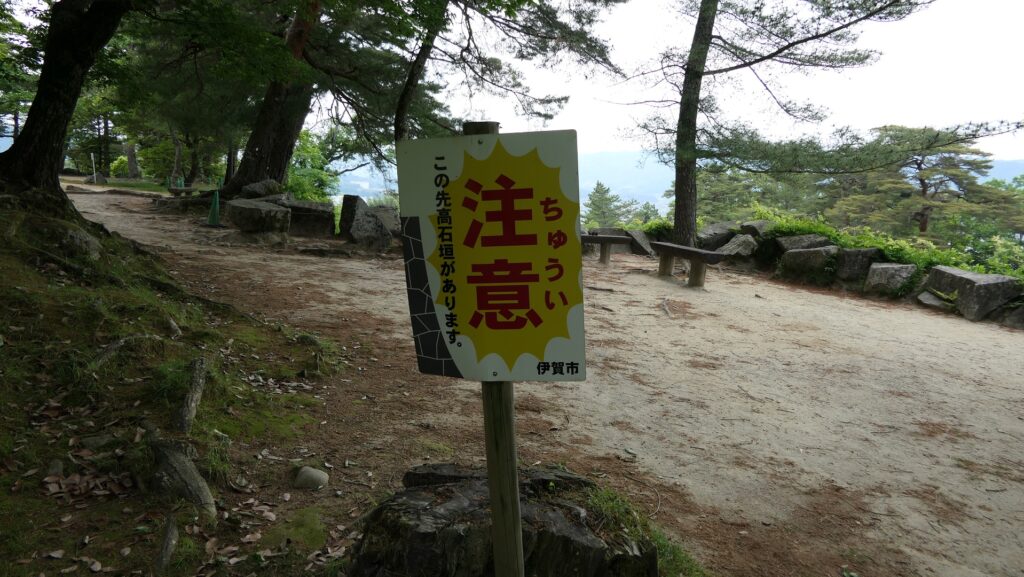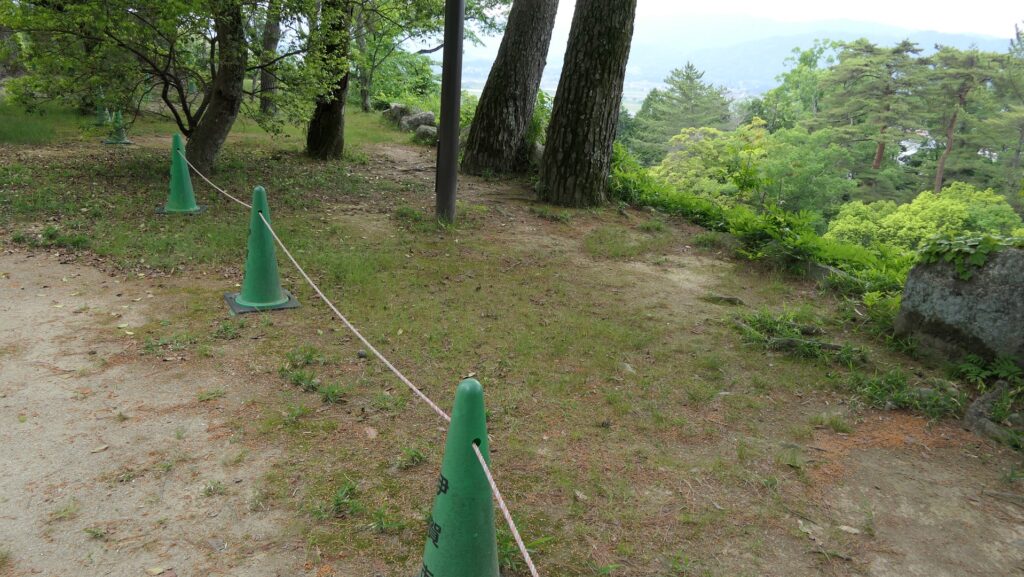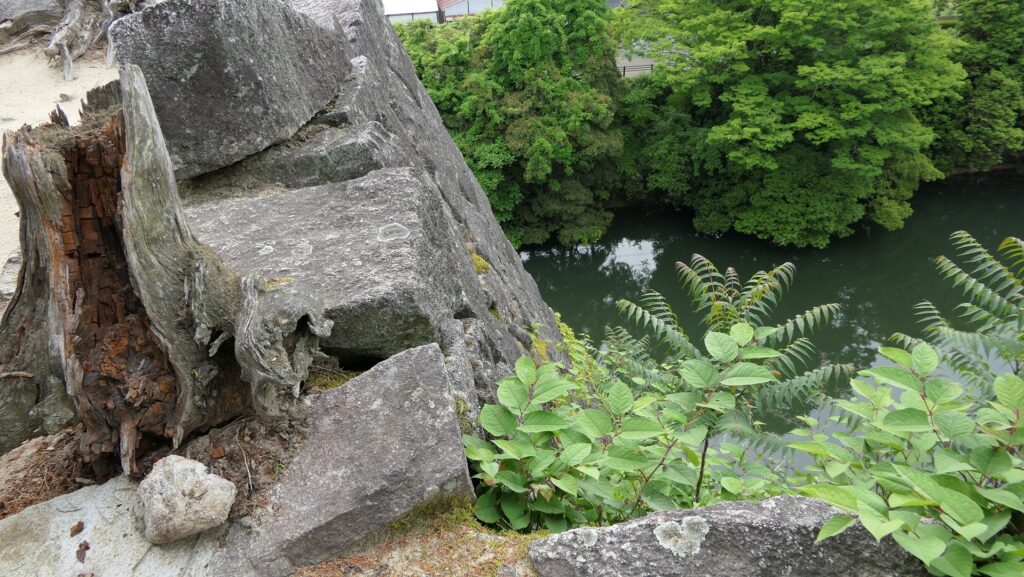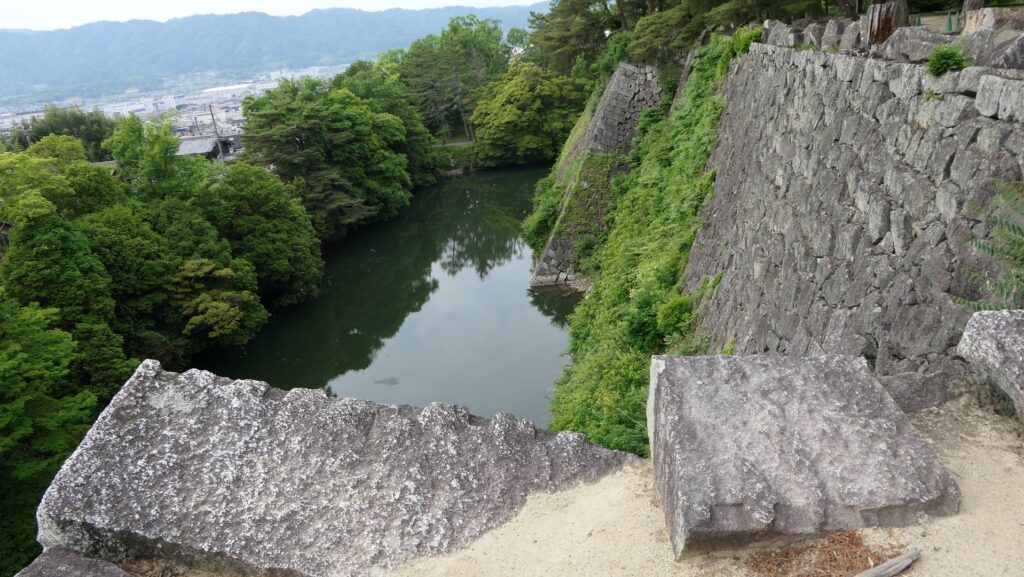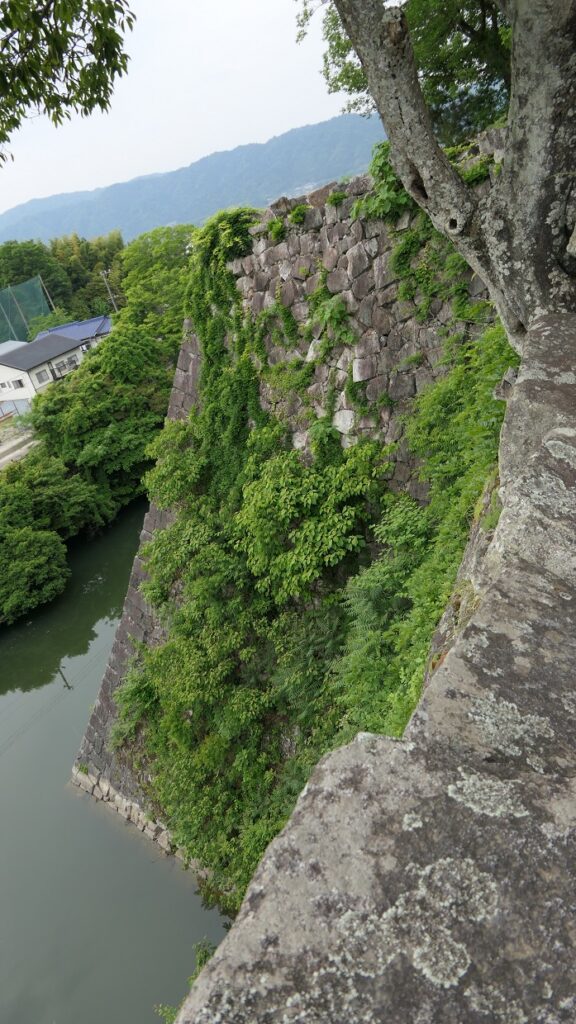Later History
After the Meiji Restoration, the residence at the foot of the mountain was turned into the Kikko Park in 1885. Kintaikyo Bridge survived for 277 years, however it was flown out because of the flood caused by Kezia Typhoon in 1950. People in Iwakuni City restored the bridge in the original method in 1953. It was rebuilt again in 2004 due to deterioration. That’s why it still looks new. It has been designated as a National Scenic Spot since 1922.

As for Iwakuni Castle, the Main Tower on the mountain was rebuilt in 1963, but its position was moved by about 50m from the original in ordered to be more well seen from the foot with the bridge. The cable car between the foot and the top also opened in 1964 which has been boosting tourism.
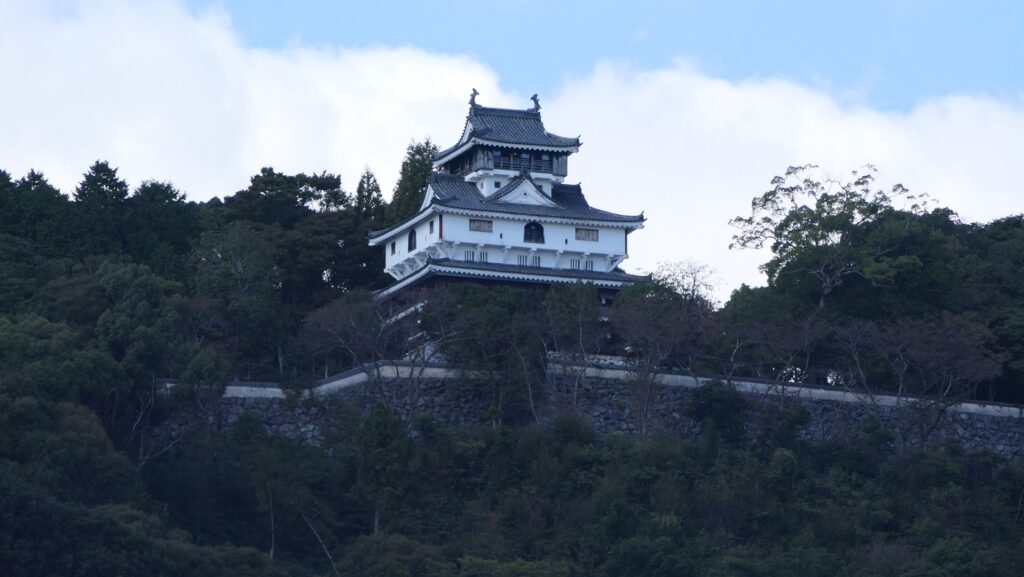
Features
From Kintaikyo Bridge to Rebuilt Main Tower
For visitors who visit the area around Iwakuni Castle site today, the castle itself might not be popular for them. They probably want to see and walk across Kintaikyo Bridge first. They can also ride a cable car to the top of the mountain to enjoy the great view of the area including the bridge. Visiting the rebuilt Main Tower may be their third option because they can get a better view of the bridge from the foot. However, if you try to look into more of the castle, you can find new perspectives of it.
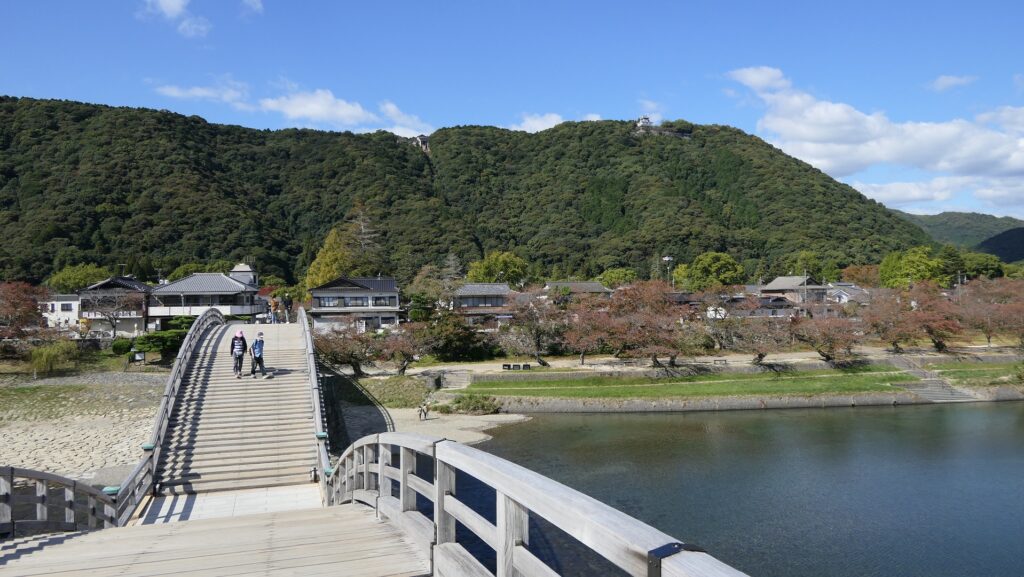


After arriving at the platform of the cable car, you will find the guide plate of the two routes to the castle. The guide plate recommends taking the left road, but I suggest taking the right road. This is because the path on the right leads you the front side of the castle. You will see the edge of the remaining stone walls with triangular stones on the right side of the trail. You can also see the great stone walls of the Second Enclosure on the left. As you go further, the Barbican Enclosure overhangs in front of you. It has a defensive square space called Masugata inside which was the Main Gate of the castle. The inside of the Gate Ruins is the Second Enclosure which is used as a modern rock garden, modified in the present time.
The map around the castle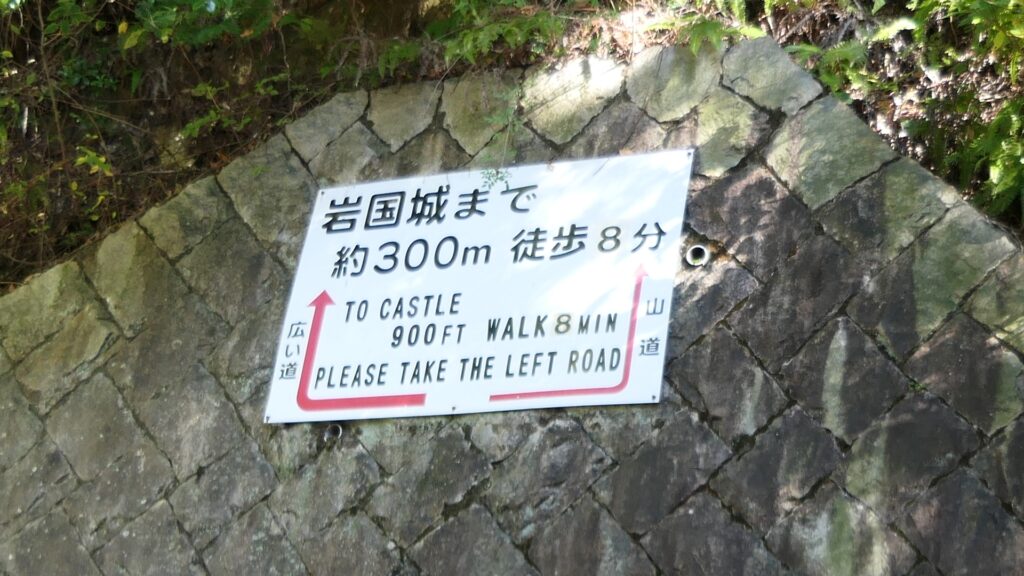
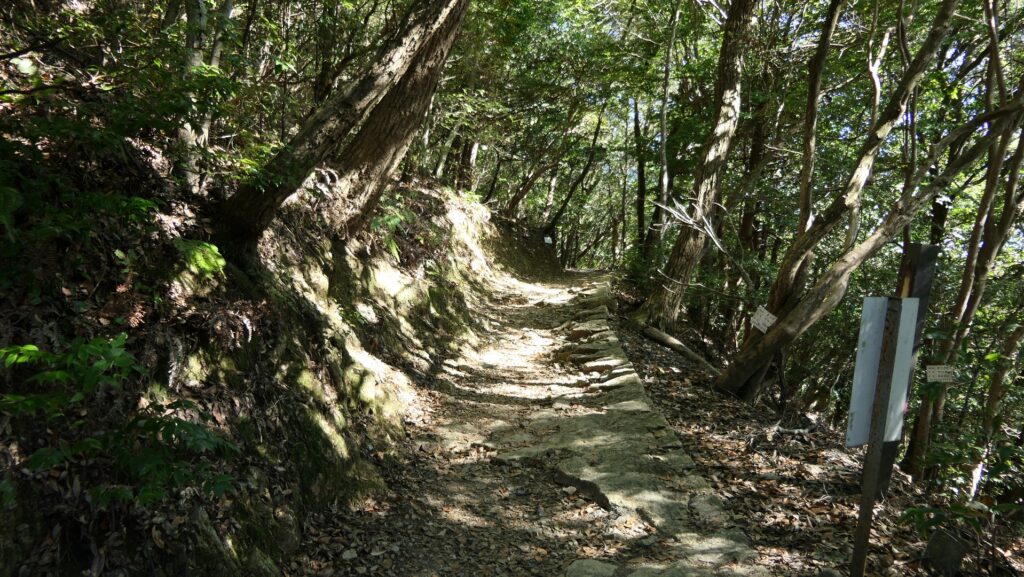
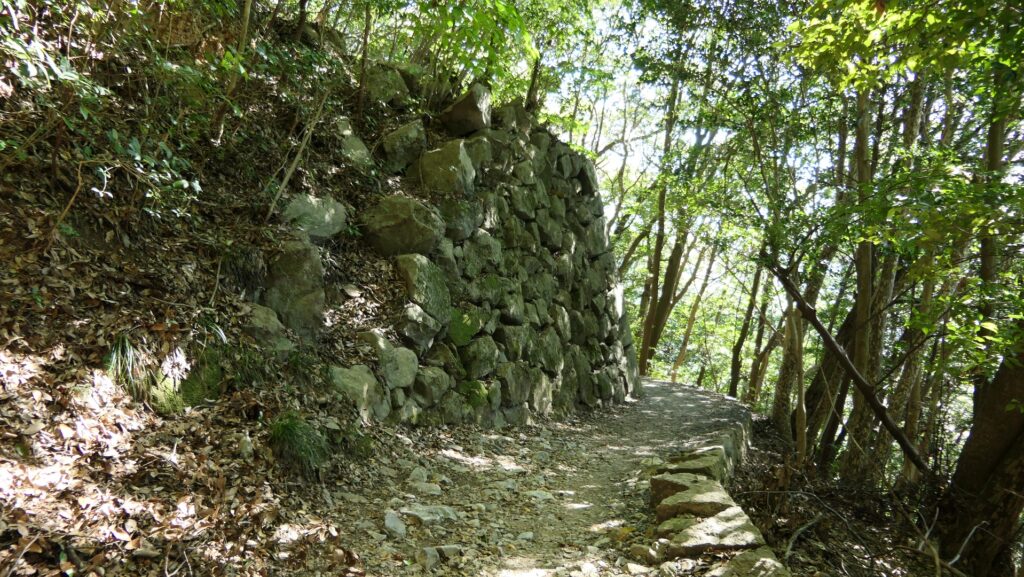
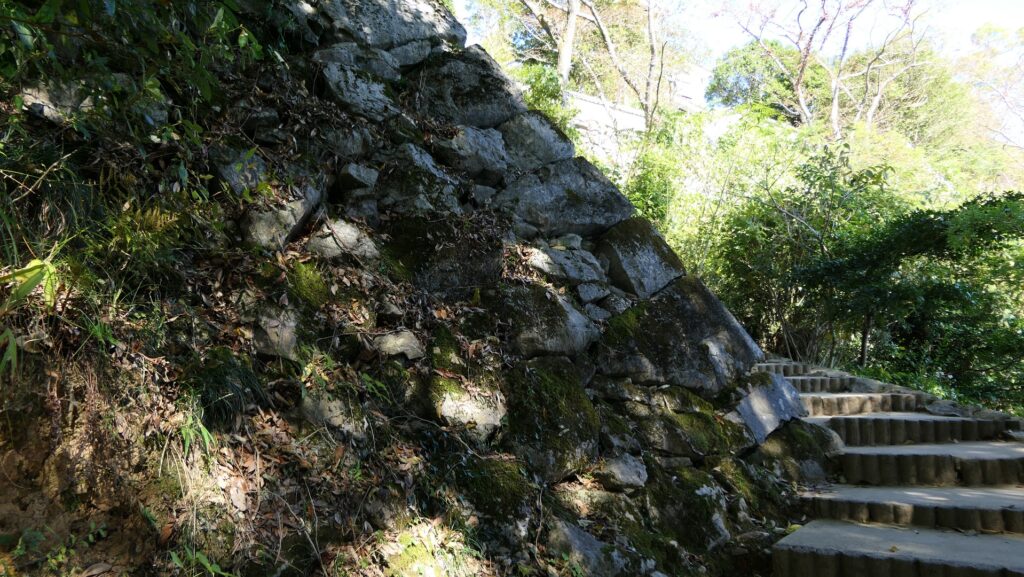
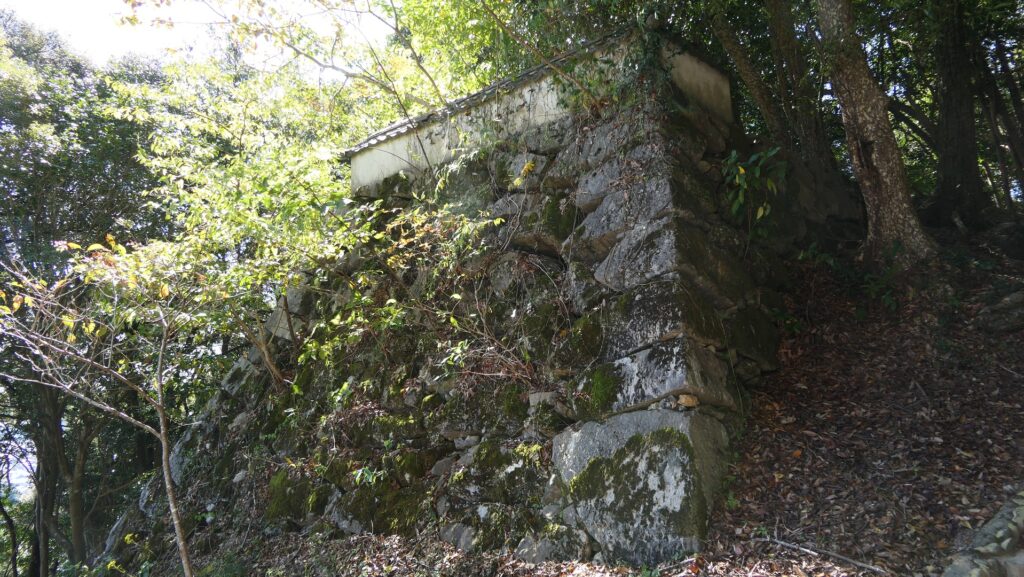
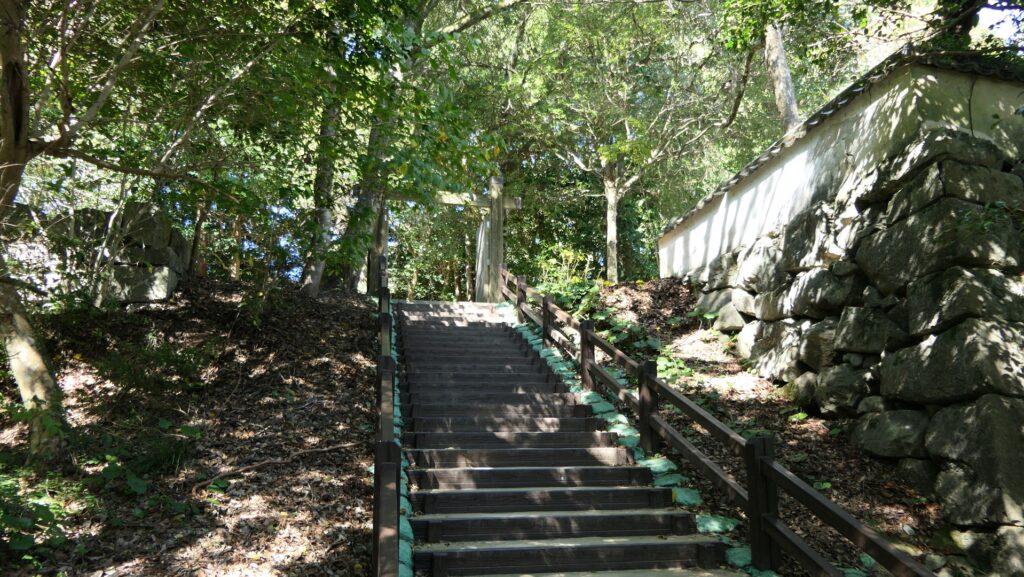
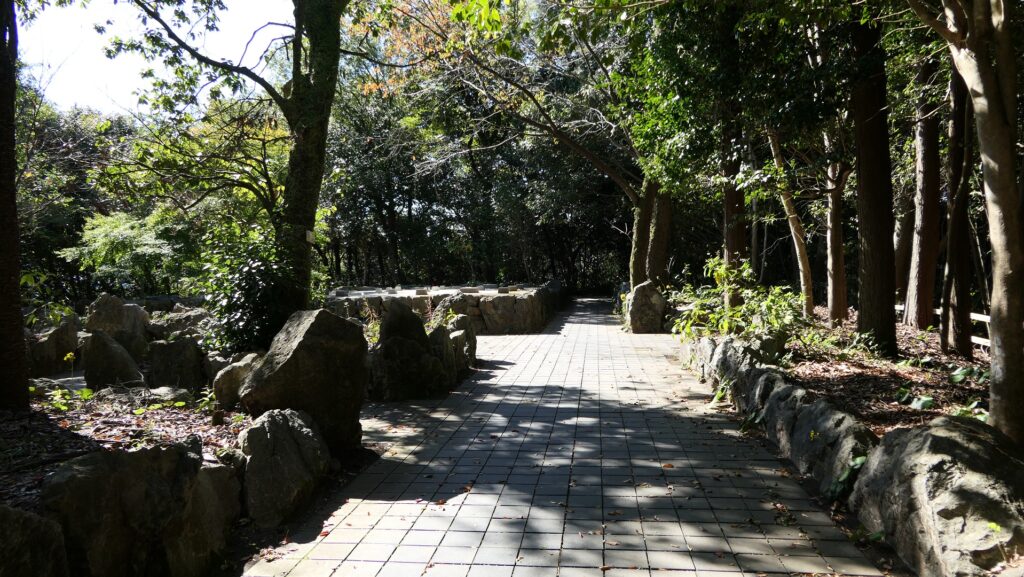
Rebuilt Main Tower and Original Main Tower Base
The Main Enclosure is next to the Second Enclosure in the north. The restored Main Tower stands out in front of you. The tower probably has a similar appearance to the original one because its designer used the cross section drawing which was said to come from the original. It has four levels with the third one of which hanging out. This type of Main Towers was rare, called Nanban-zukuri or the Western Style. The tower is actually a modern building which is used as a historical museum and an observation platform. The original stone wall base for the Main Tower was also restored in the original position according to the excavation.
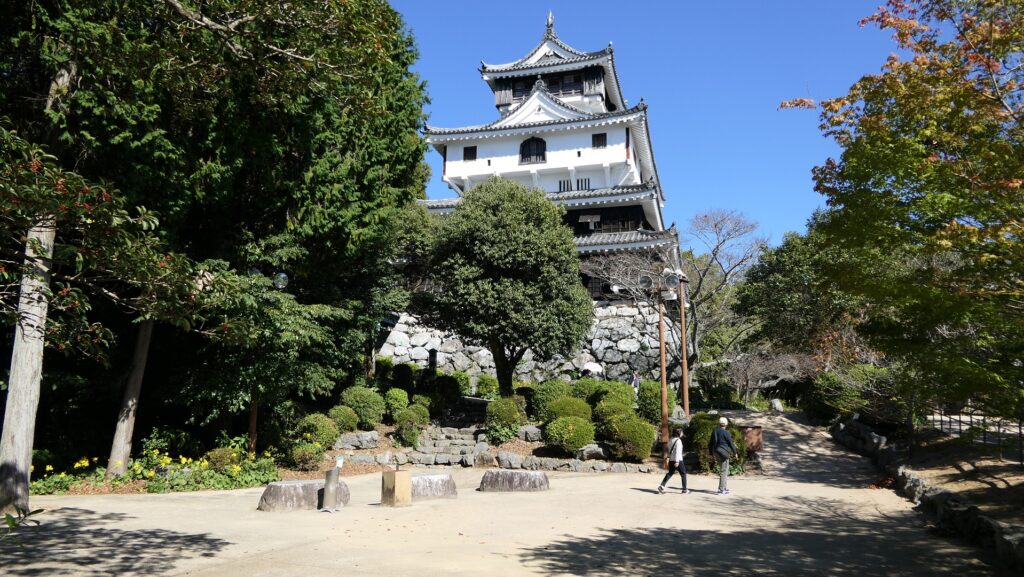
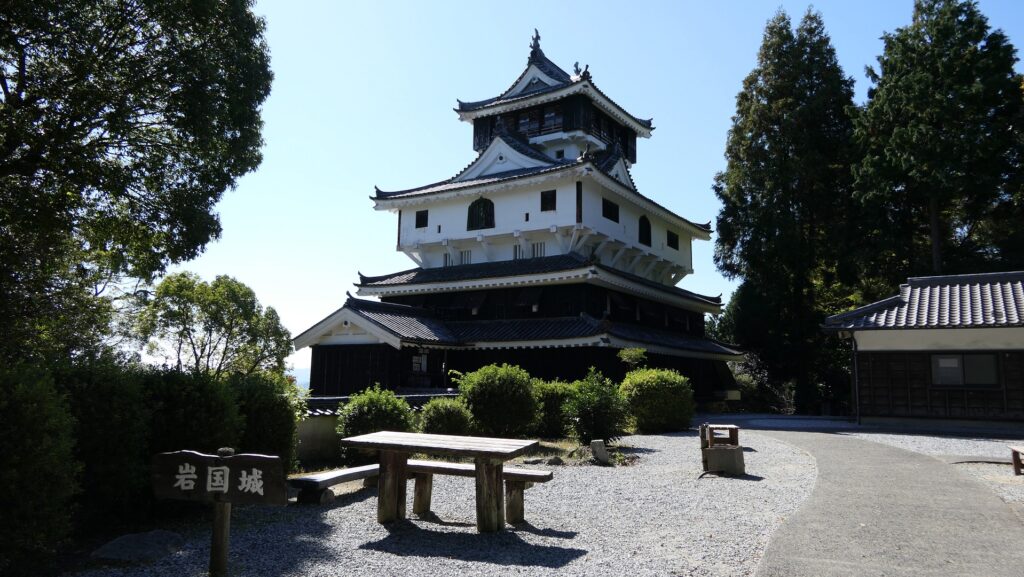
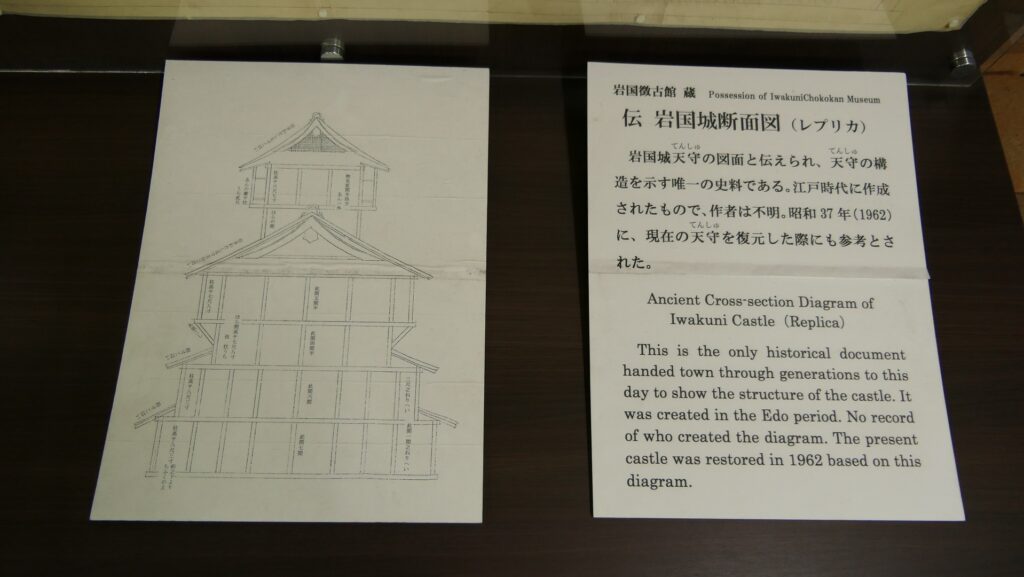
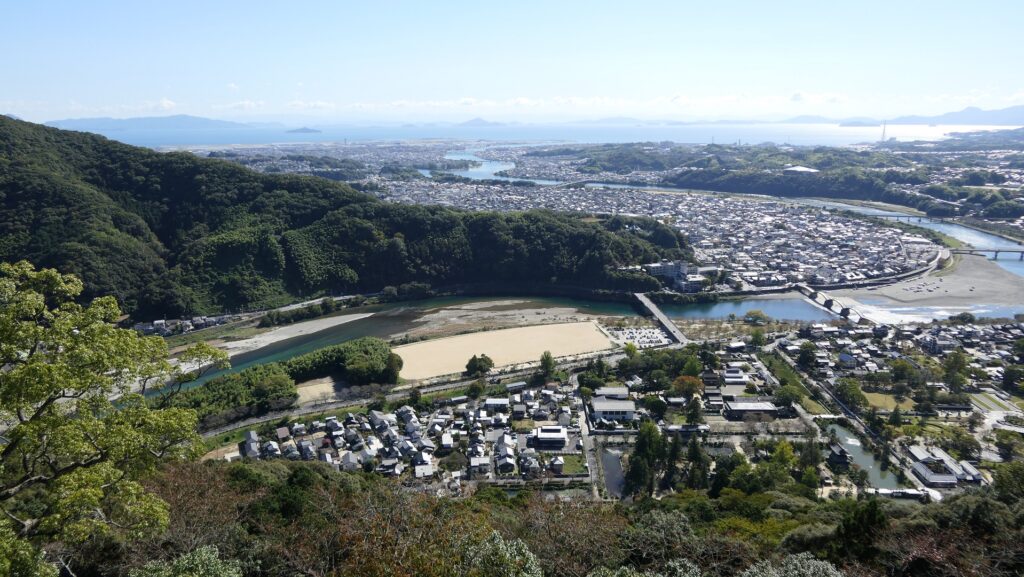
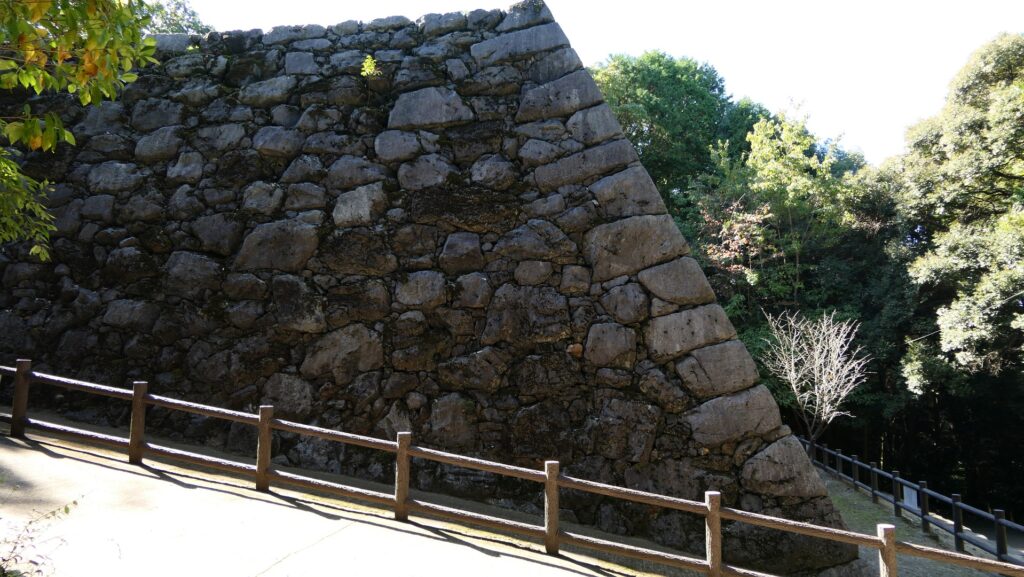
To be continued in “Iwakuni Castle Part3”
Back to “Iwakuni Castle Part1”

